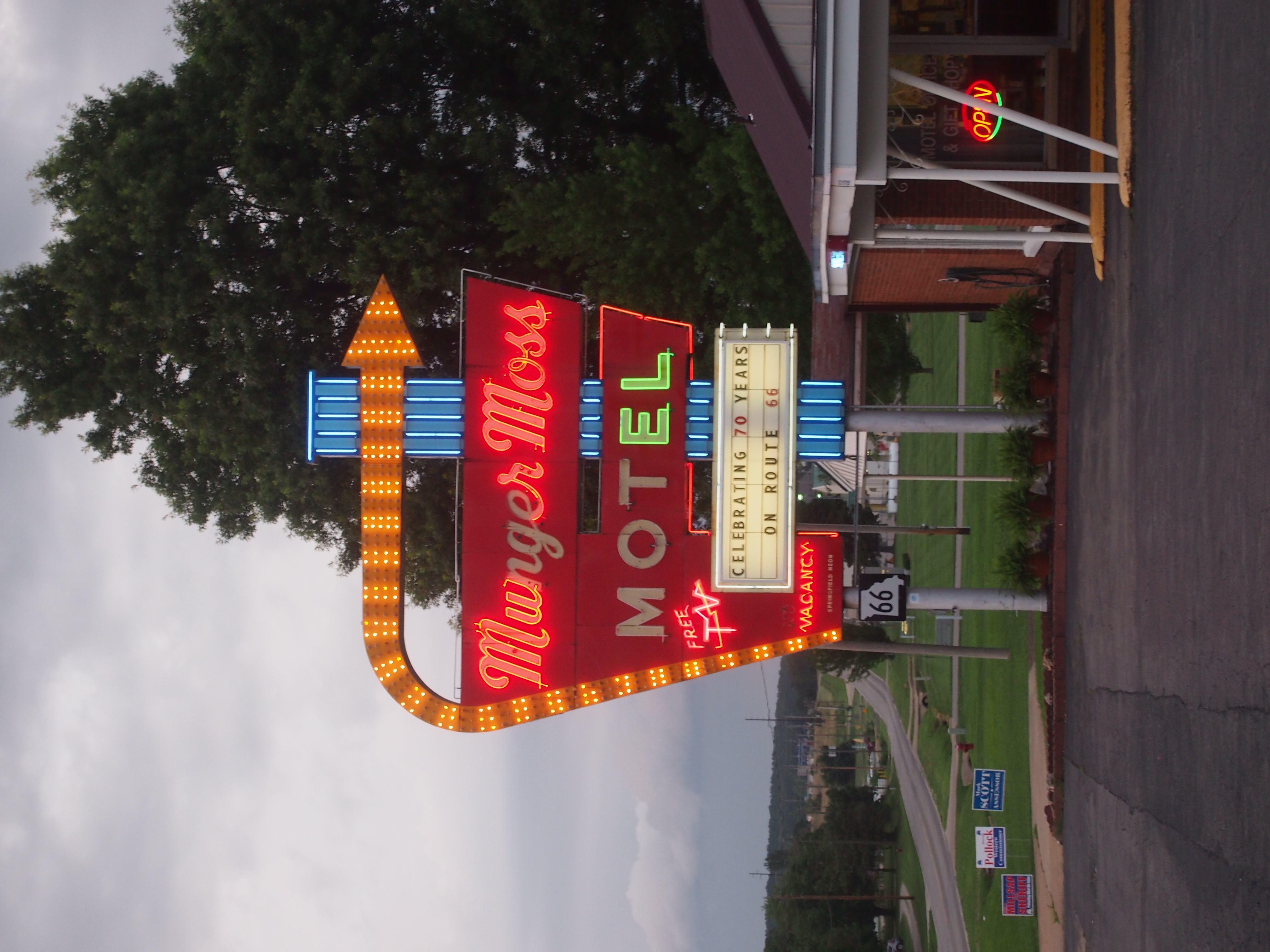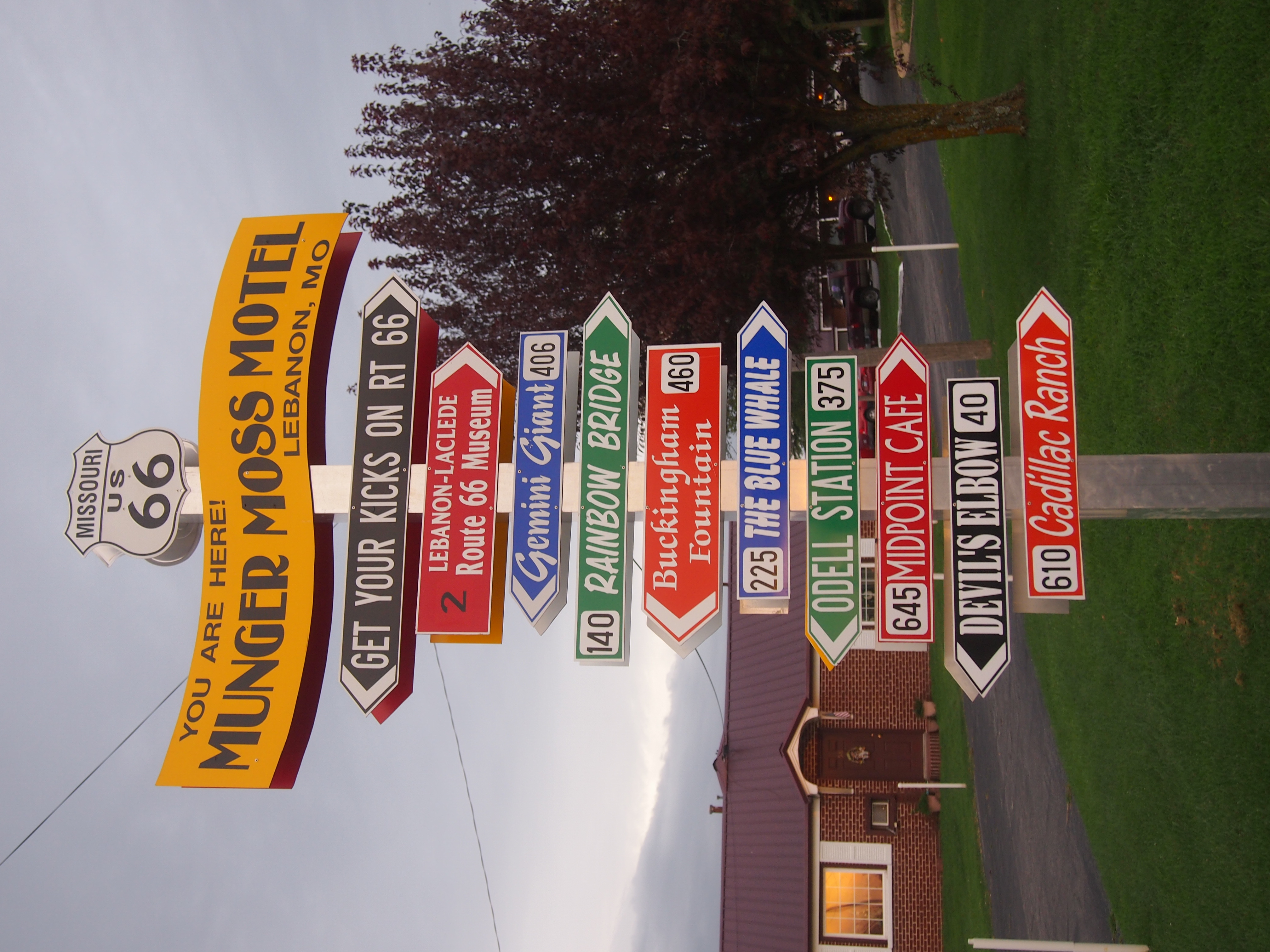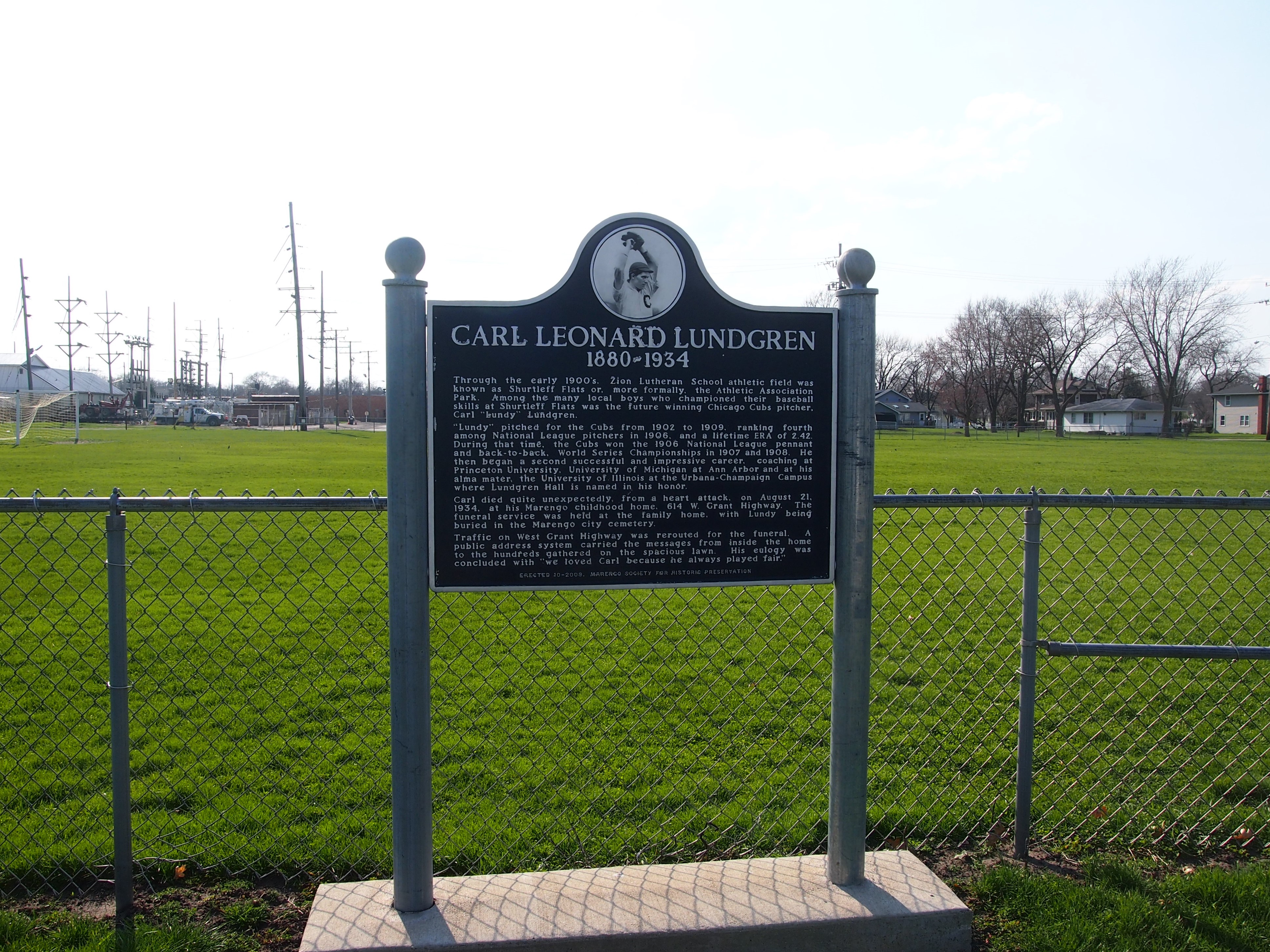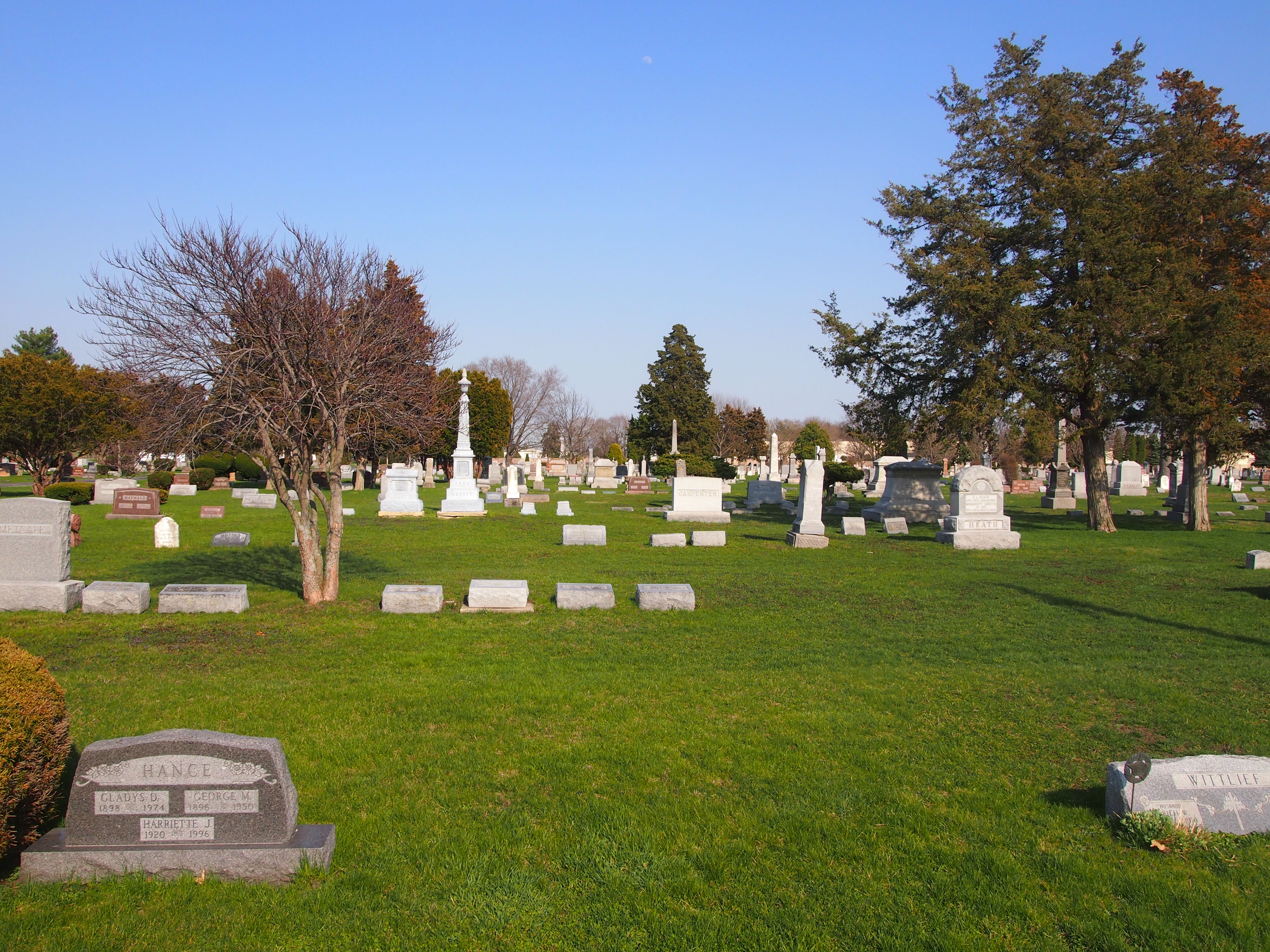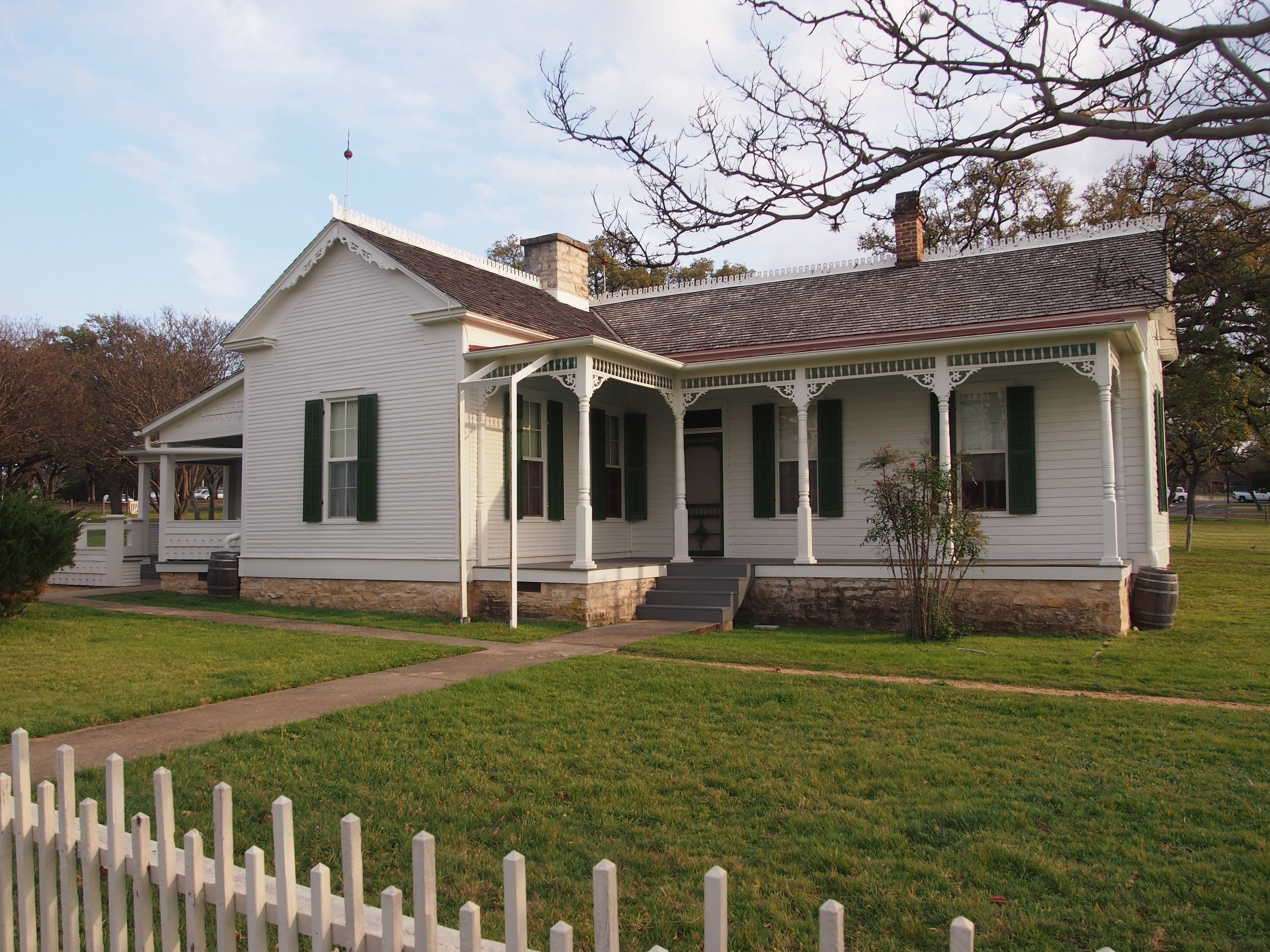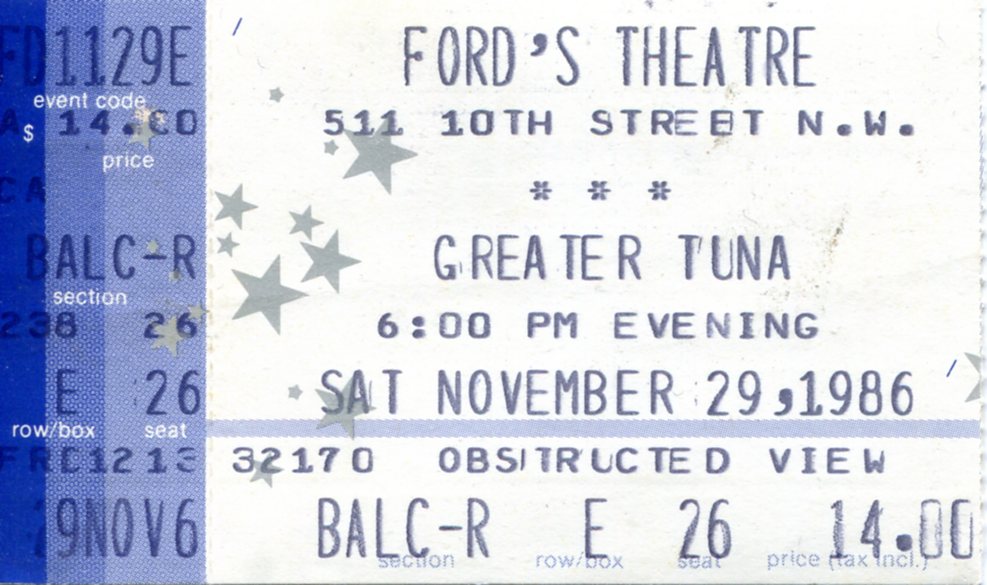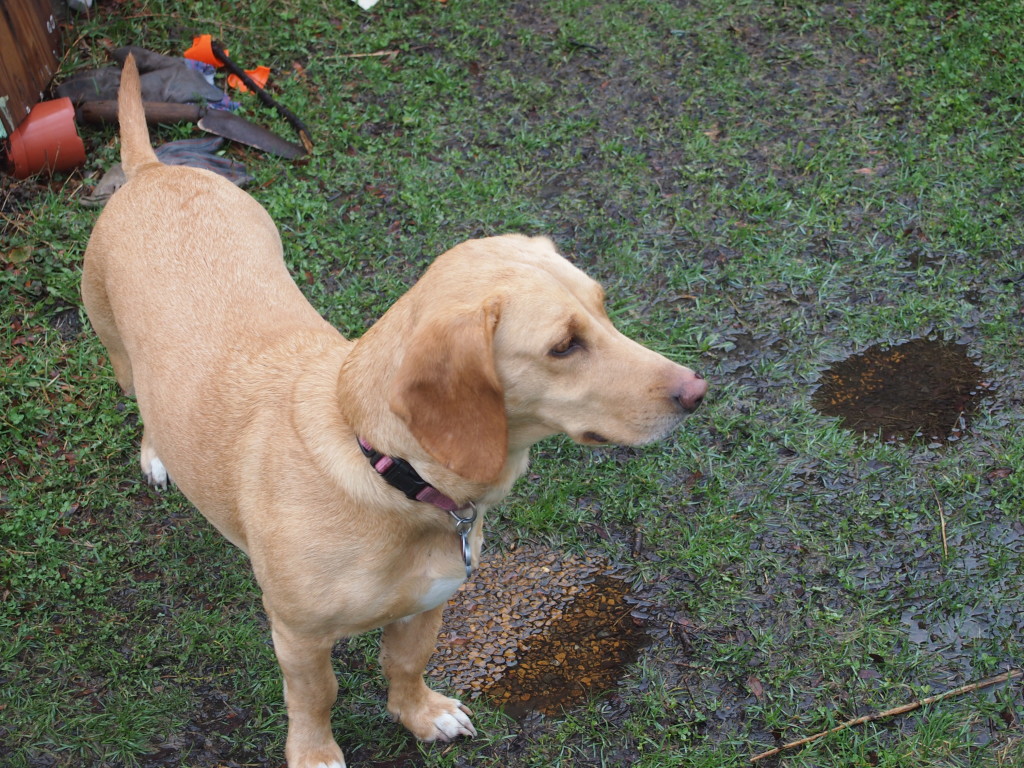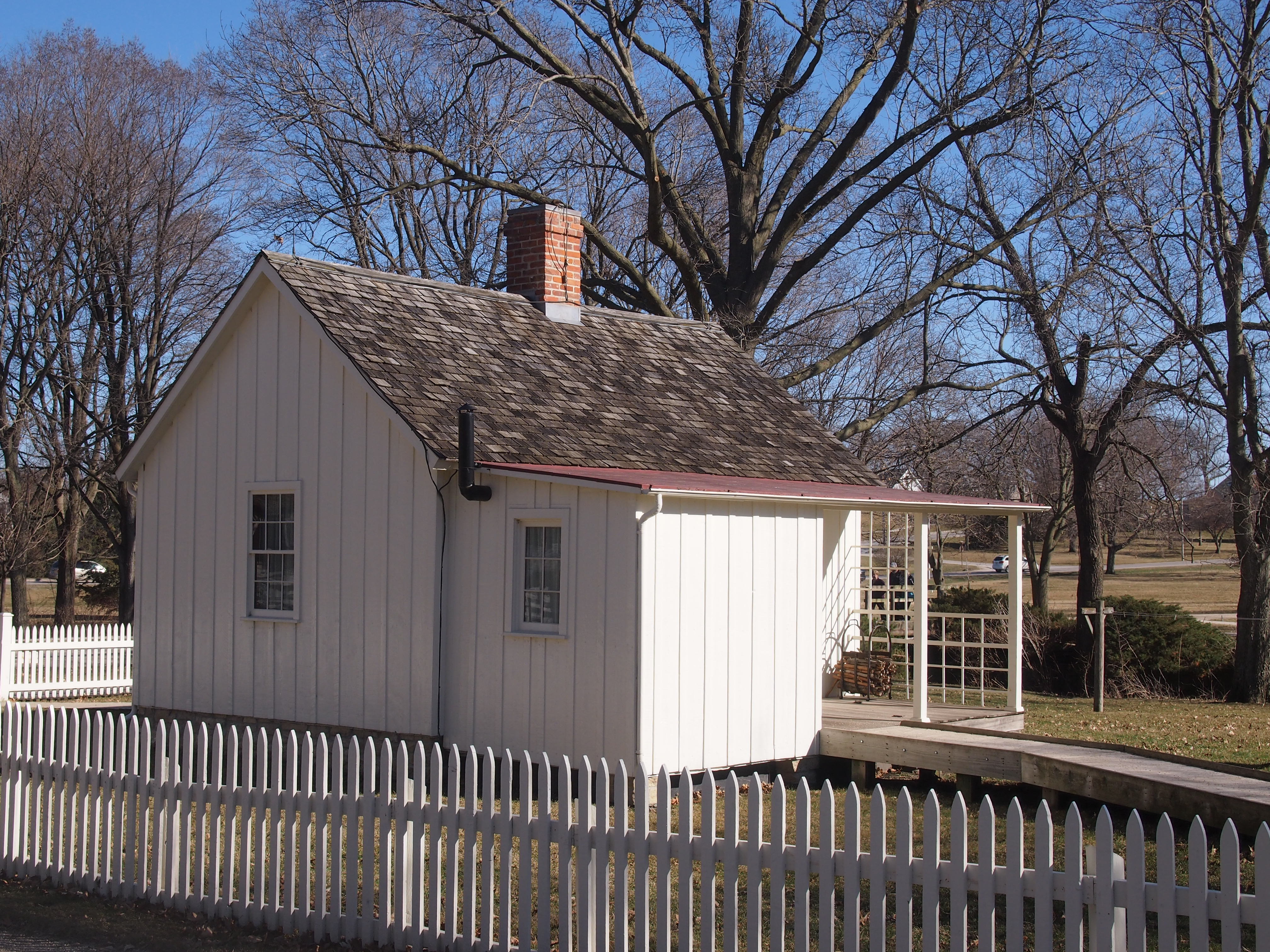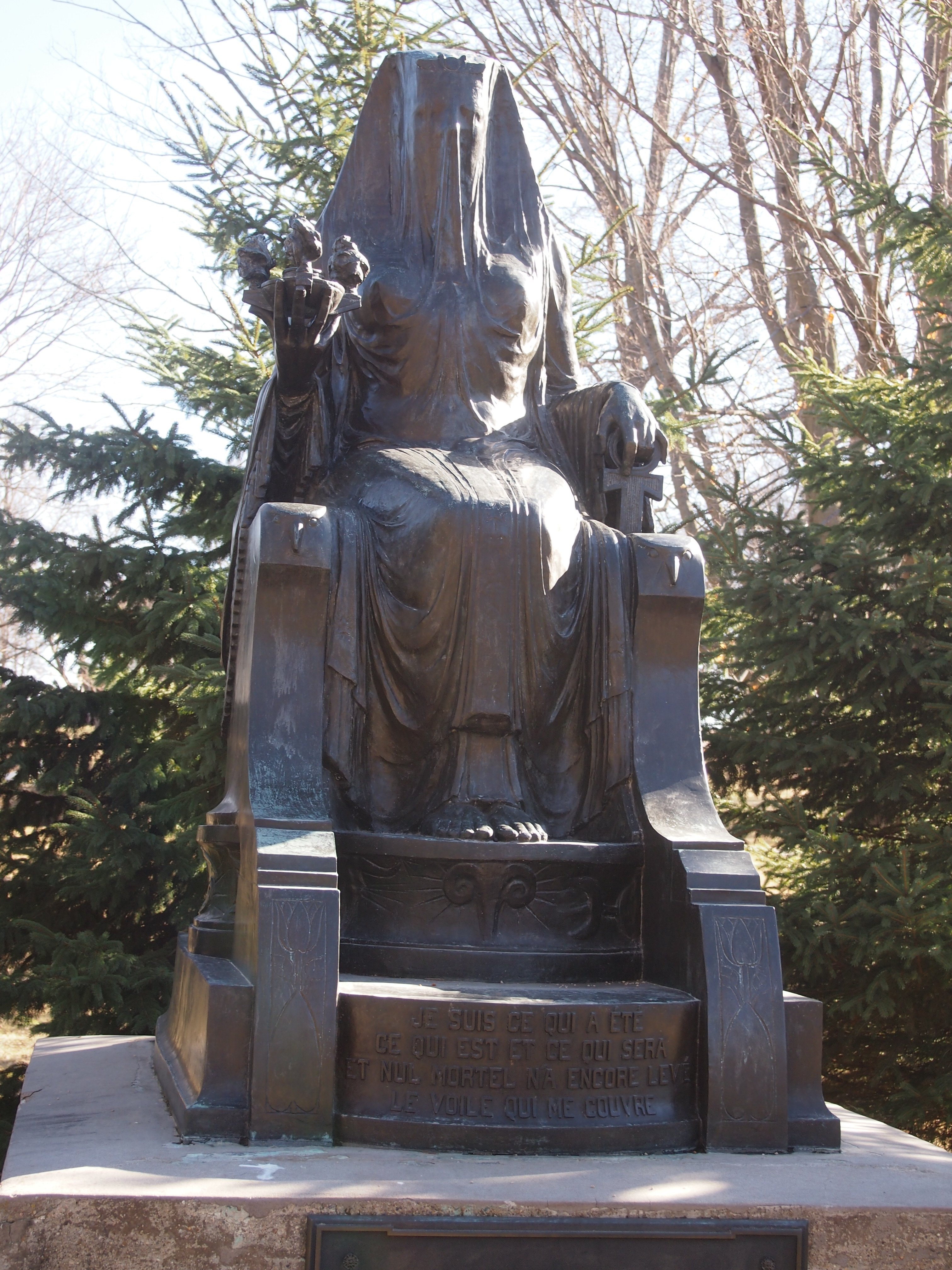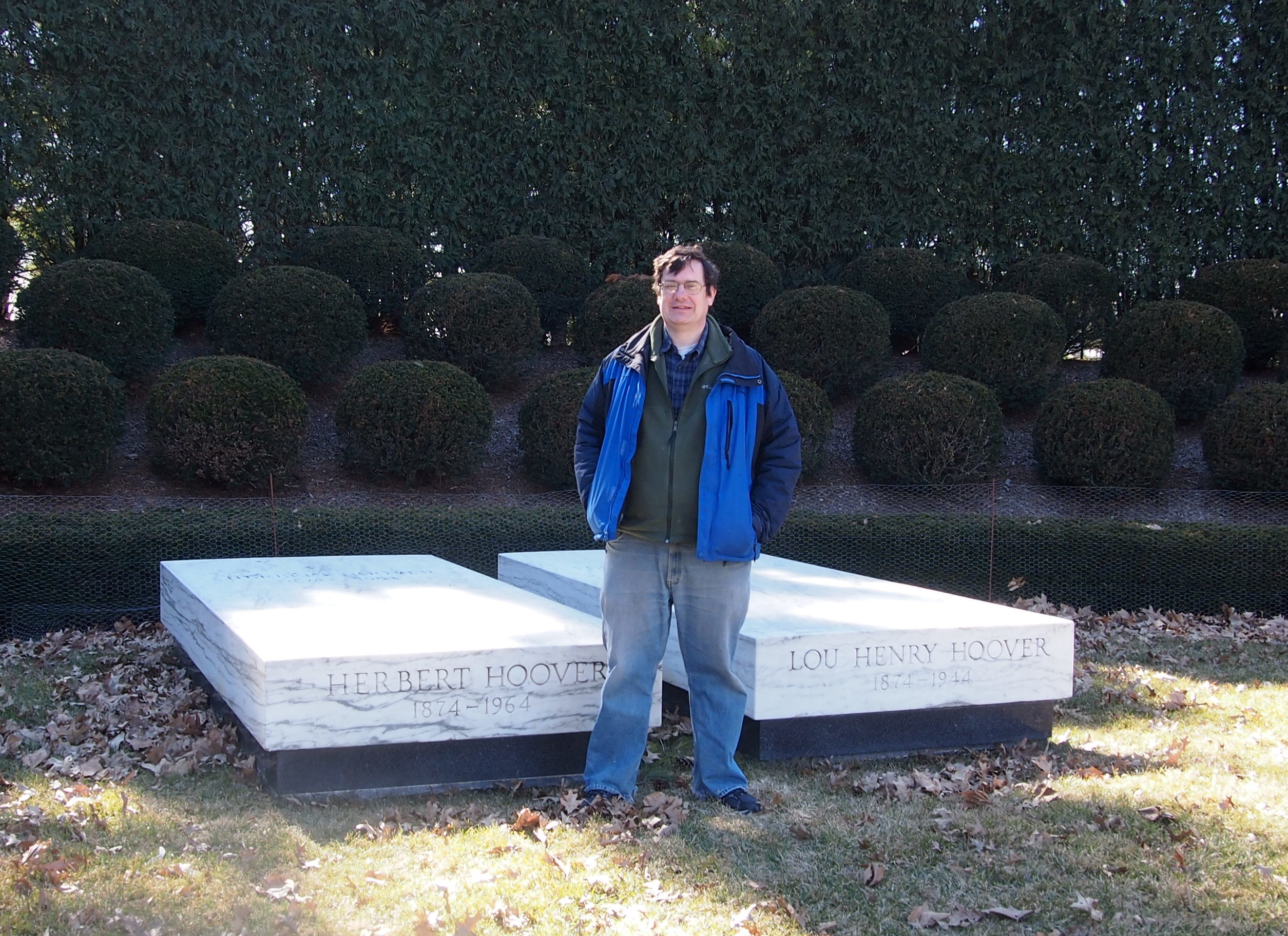“Where are we going?”
“Lincoln’s birthplace,” I told Ann on the morning of June 24 as we left Elizabethtown, Ky. “It’s about 10 miles off the Interstate. Bet his parents were glad to have a place near the highway.”
Ha, ha, Dad, was the reaction.
The Abraham Lincoln Birthplace National Historical Park is in fact about 10 miles east of I-65, a roadway built much later than the Lincolns’ cabin or even the monumental building erected on the site 100 years later, with its groundbreaking on February 12, 1909. TR was there that day to wield the ceremonial trowel, which is now on exhibit at the visitors center.
So is a statue of the Lincoln family. It includes the only depiction that I’ve seen of toddler Abraham Lincoln, with his parents and older sister Sarah. 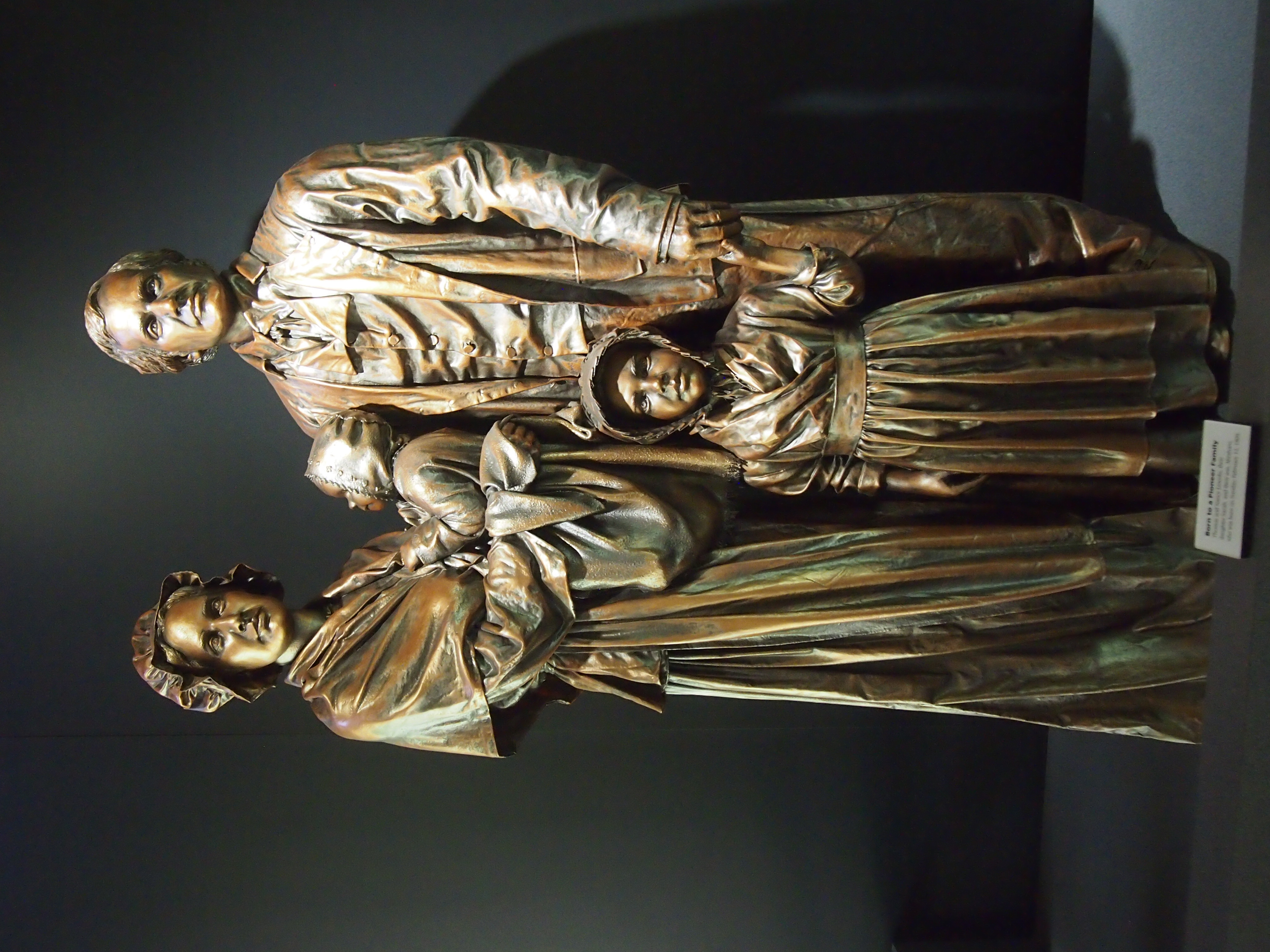 John Russell Pope, who also lived long enough to do the Jefferson Memorial in Washington, DC, and a good many other things, designed the birthplace memorial.
John Russell Pope, who also lived long enough to do the Jefferson Memorial in Washington, DC, and a good many other things, designed the birthplace memorial.
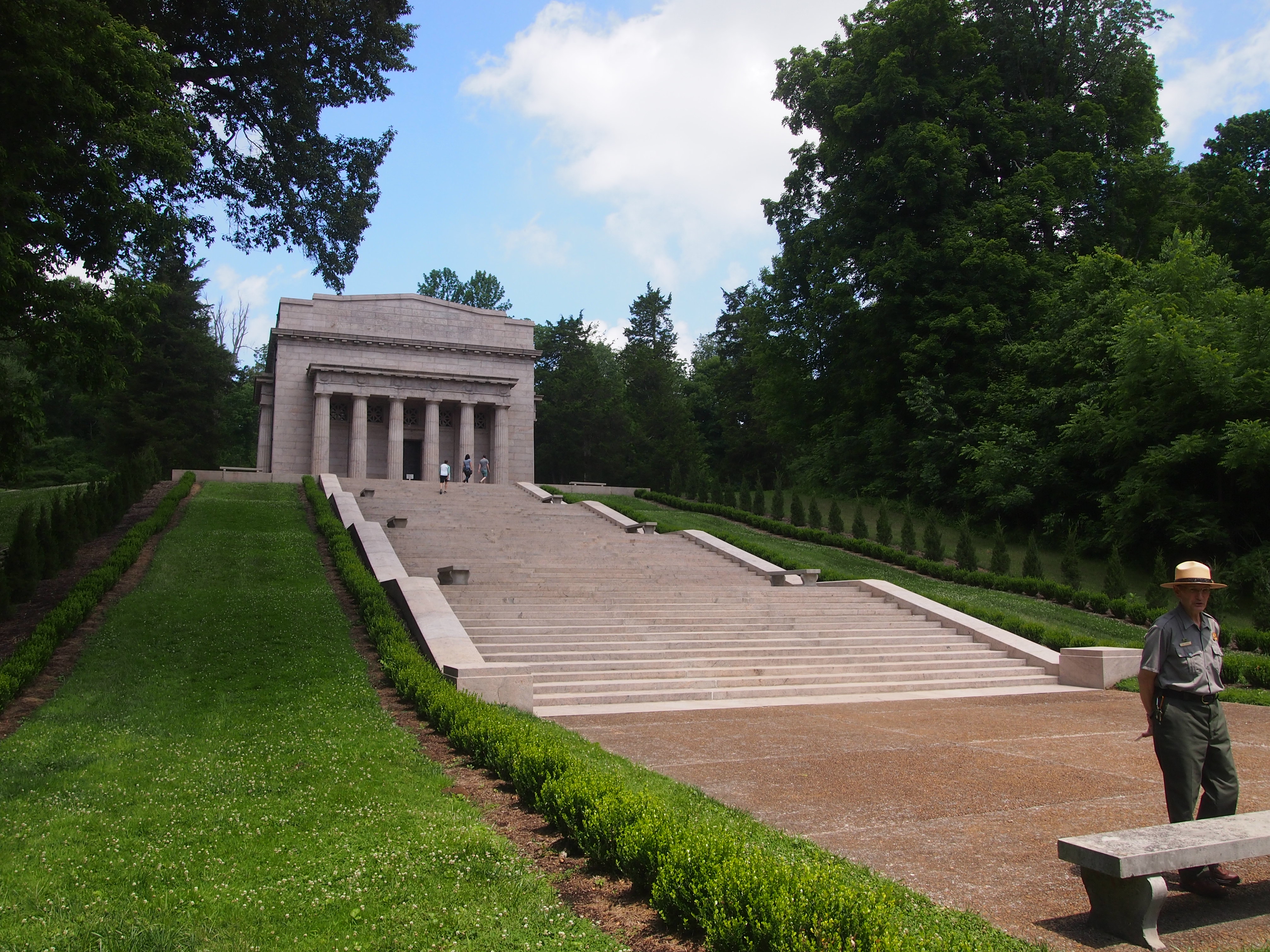
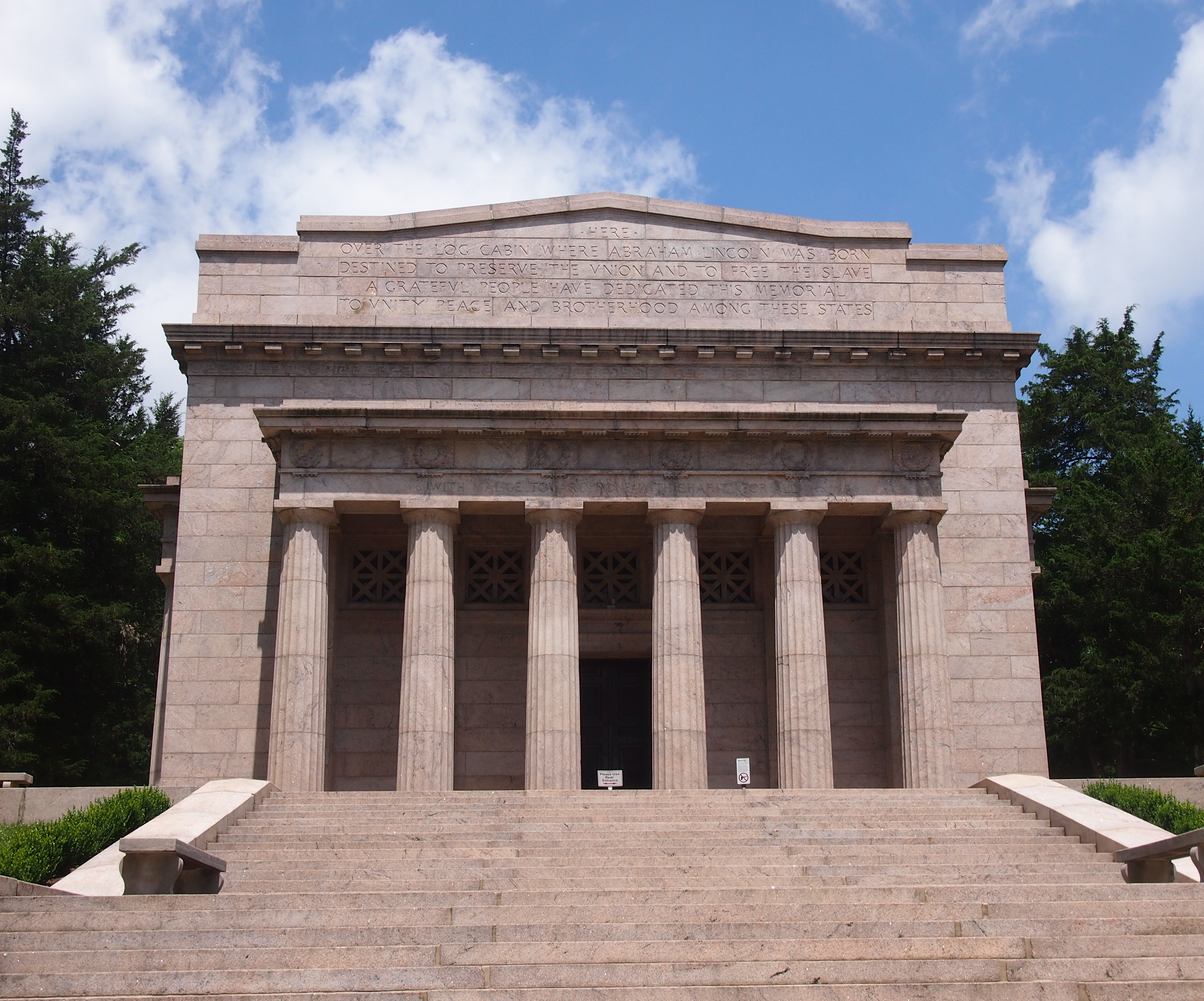 “Built on the knoll above the sinking spring where many believe the Lincoln cabin originally stood, the Memorial Building at Abraham Lincoln Birthplace National Historical Park was constructed between 1909 and 1911 in an effort by the Lincoln Farm Association to commemorate the life and accomplishments of the sixteenth President of the United States and to protect his ‘birth cabin,’ ” notes the NPS.
“Built on the knoll above the sinking spring where many believe the Lincoln cabin originally stood, the Memorial Building at Abraham Lincoln Birthplace National Historical Park was constructed between 1909 and 1911 in an effort by the Lincoln Farm Association to commemorate the life and accomplishments of the sixteenth President of the United States and to protect his ‘birth cabin,’ ” notes the NPS.
“Pope’s design of the building included many symbolisms related to Abraham Lincoln, including fifty-six steps leading up to the building to represent the fifty-six years of Lincoln’s life. Sixteen windows in the building and sixteen rosettes on the interior ceiling are there to remind visitors that Lincoln was the sixteenth president.”
Inside is the fake Lincoln cabin.
 Haven’t got an historic relic? Make one that looks right, especially during the late 19th century, when touring exhibits were a way to make money. (Read about promoter Alfred Dennett and the fake cabin here.) According to the NPS, the structure now characterized as a cabin that “honors” the original. Sure, why not – and besides, the faking of the cabin was so long ago (1890s) that it too is of historic interest.
Haven’t got an historic relic? Make one that looks right, especially during the late 19th century, when touring exhibits were a way to make money. (Read about promoter Alfred Dennett and the fake cabin here.) According to the NPS, the structure now characterized as a cabin that “honors” the original. Sure, why not – and besides, the faking of the cabin was so long ago (1890s) that it too is of historic interest.
Up the road (US 31E) from the monument a bit is Lincoln Boyhood Home, which is only a few structures, all re-creations, but none made of marble or granite. From there, of course, the Lincolns moved to Mississippi and Abraham grew up to be a leader of the Confederacy… no, that was Jefferson Davis, also a Kentucky boy born in the early 1800s. Geography is destiny? I’m not smart enough to know.
Hodgenville, Ky., which is between the birthplace and boyhood home, does what it can to make passersby stop for a little Lincoln at the local “museum,” which mostly seemed like a gift shop. Also, the town traffic circle has a statue of an adult Lincoln and a boy Lincoln.
One more thing I saw on US 31E, south of the birthplace: a ghost sign on the side of a barn that said SEE ROCK CITY. If I’d been able to pull off to the side of the road at that moment, I would have, to take a picture (and baffle Ann). It was not to be. But it was there.
